How To Teach Your Dachshund To Stay
Not surprisingly, teaching your Dachshund a sit-stay is not easy. First, it may have been a challenge to teach your Doxie to sit. Now, you’re asking him to stay in that position for a long period of time. Do you like to sit still without moving your limbs? Probably not. But since a “stay” can be useful and even save your Dachshund’s from running into danger, it’s a good behavior for them to know. The following method breaks “stay” up … Read more
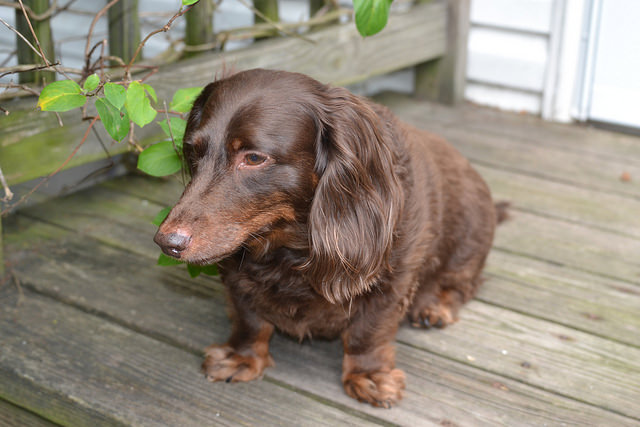
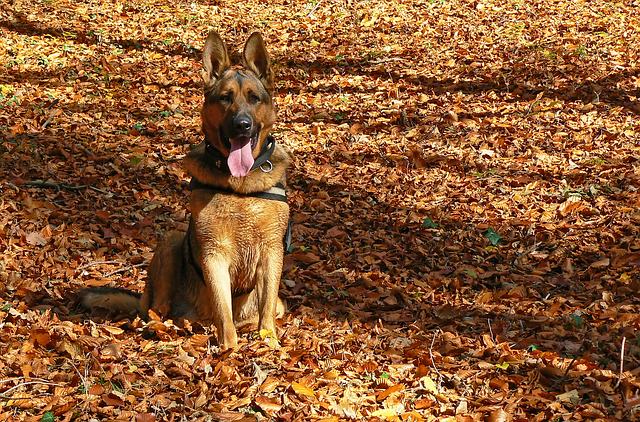
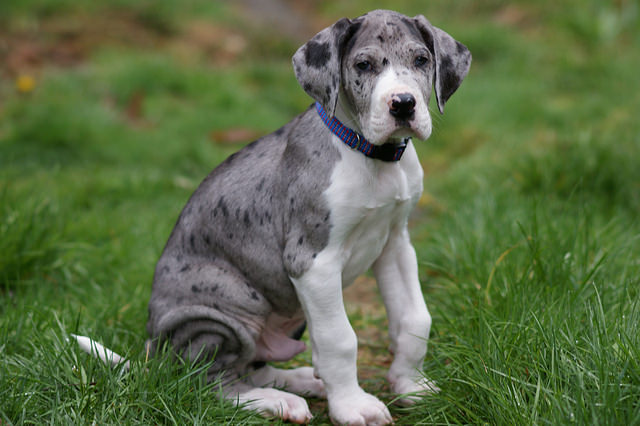
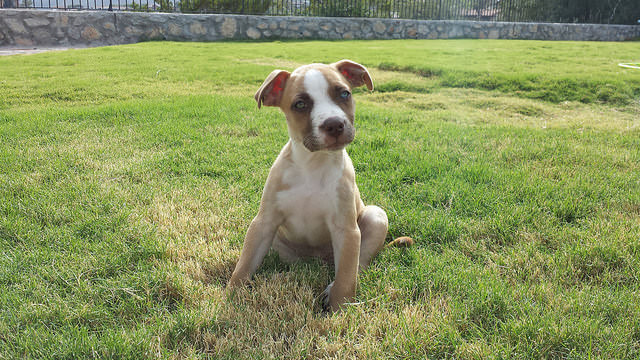
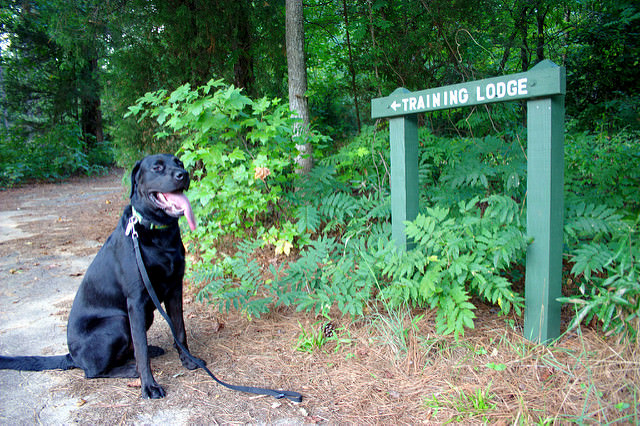

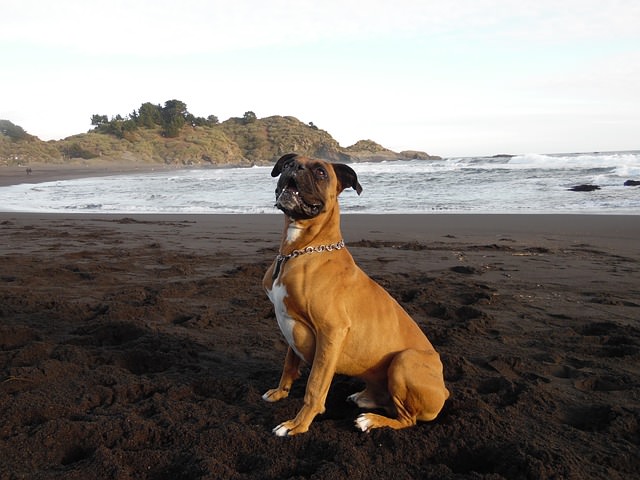

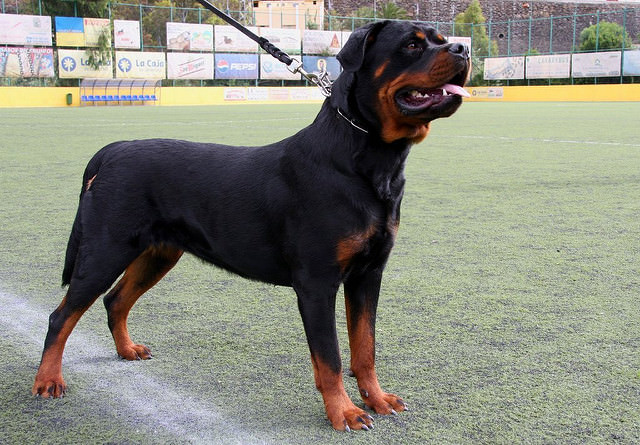

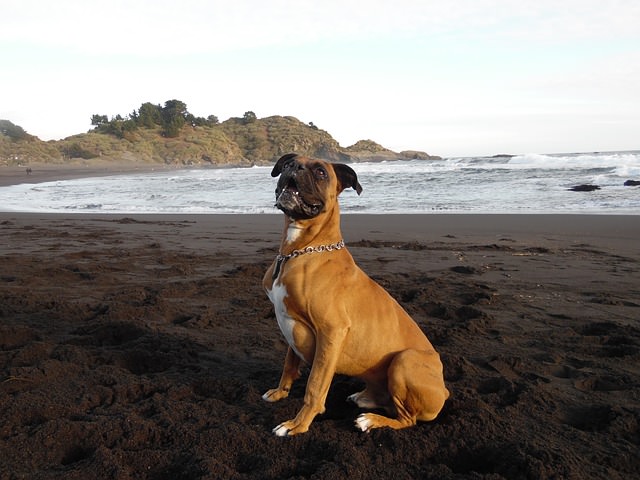
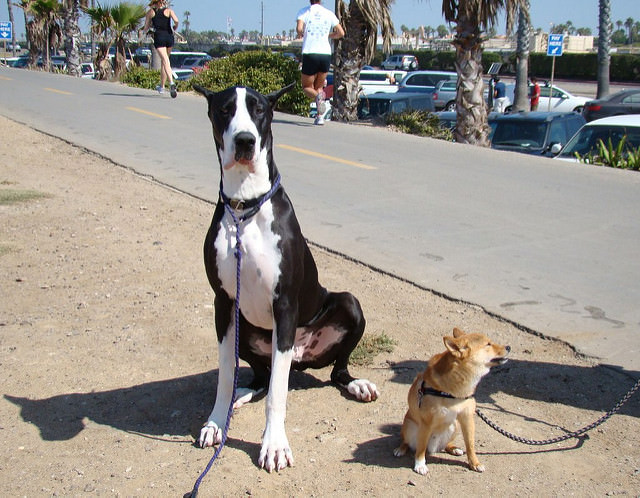
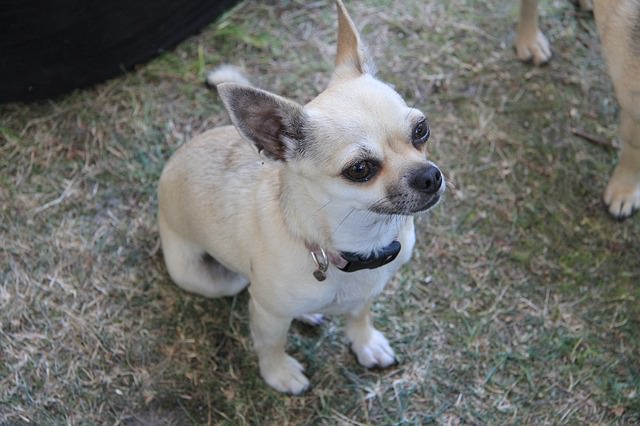

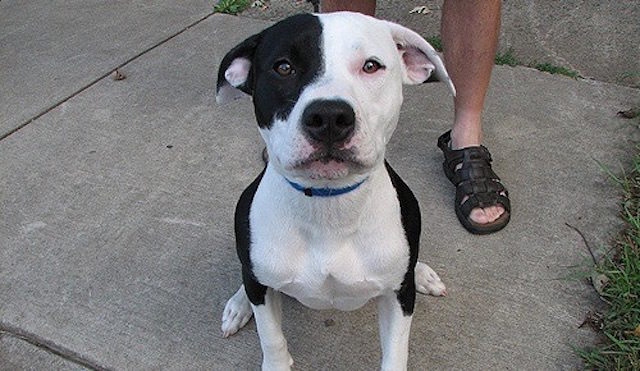

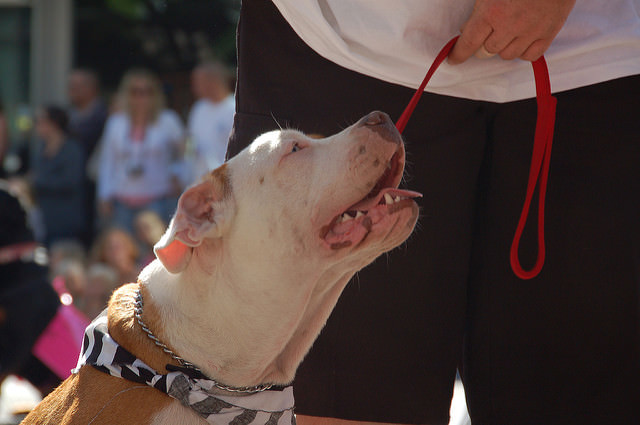
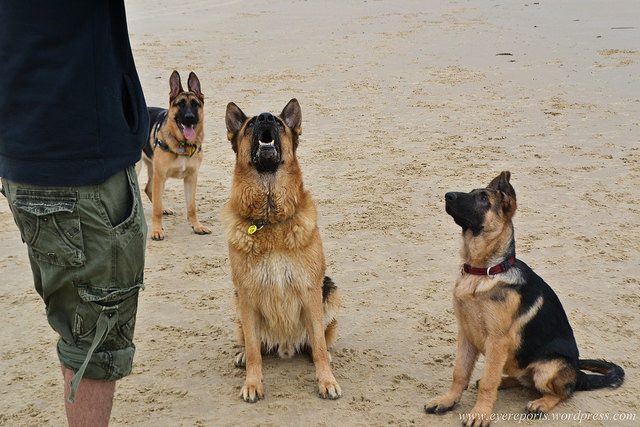



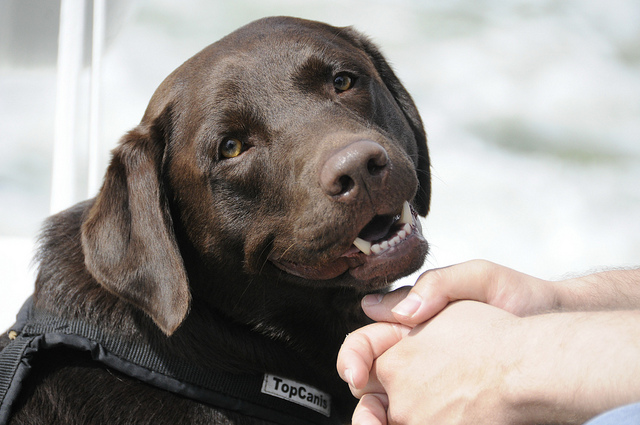






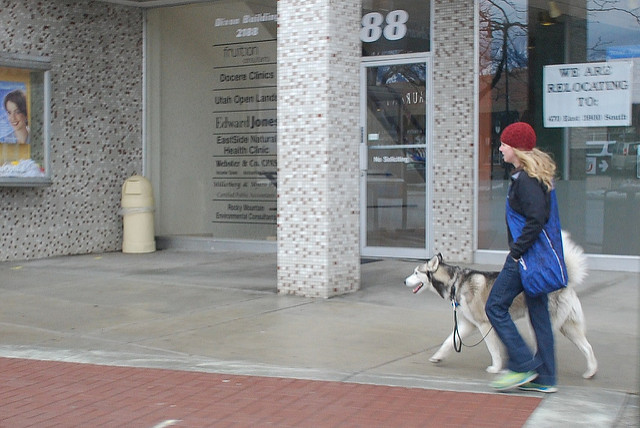


 Toledo, United States.
Toledo, United States.
